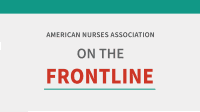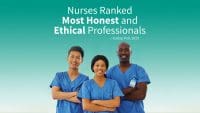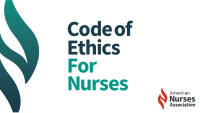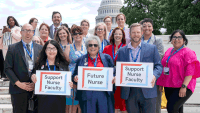ANA Membership Assembly acts on monumental issues
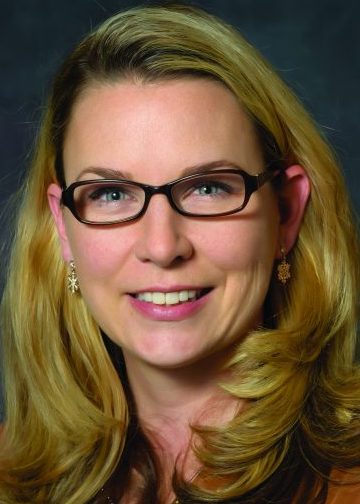

In late June, nearly 400 knowledgeable and insightful nurse leaders met in Washington, DC, for the American Nurses Association (ANA) Membership Assembly, ANA’s official governing and voting body. This dedicated group of individuals from all ANA constituent and state nurses associations (C/SNA), its Individual Member Division, and specialty nursing organizational affiliates gathered to discuss timely issues and recommend actions to the ANA Board of Directors on matters of consequence to individual nurses, the nursing profession, and our healthcare system—now and for decades to come (bit.ly/4d7tSUH).
We were privileged to have as guests the presidents of the American Organization for Nursing Leadership and the National Council of State Boards of Nursing (NCSBN), as well as the presidents and CEOs of the National Student Nurses Association and the Canadian Nurses Association. Past ANA president Pamela F. Cipriano, PhD, RN, NEA-BC, FAAN, now serving as president of the International Council of Nurses, also attended, along with other past ANA presidents.
The shared wisdom among these leaders reflects ANA’s interest in and desire to work across organizations to deliver on our common priorities for the nursing profession.
ANA Membership Assembly gathers during 125th anniversary year
During a dialogue forum on breaking barriers to nursing workforce well-being, we heard poignant testimonies from nurses describing how stigma and systemic obstacles involving mental health and substance use disorder have harmed them personally or their colleagues and impeded their recovery. The Membership Assembly discussed the stark realties of nurses who suffer in silence or face ongoing licensure and employment challenges after openly seeking help and recovering.
Among other actions, the Assembly charged ANA to work in collaboration with NCSBN to update and revise guidelines and best practices for alternatives to discipline programs.
As ANA advances these efforts, work lies ahead for its C/SNAs to collaborate with like-minded organizations as changes to state laws and funding may be necessary to actualize reforms. These efforts are consequential—we can’t afford to lose a single nurse who contributes effectively to our profession.
The Membership Assembly also discussed in heart-rending detail the imperative to better meet the needs of U.S. military veterans and their families receiving care outside the Veterans Health Administration (VHA) as part of the Veterans Community Care Program. The Assembly called on ANA to improve nursing knowledge involving the unique healthcare needs of veterans and their families and continue efforts to remove all restrictions to nursing practice within VHA.
Attendees also gave crucial feedback on the planned 2025 update to the Code of Ethics for Nurses with Interpretive Statements. This foundational document guides nurses in their responses to self, patients, healthcare providers, the nursing profession, and society.
These deliberations and others highlight ANA as a dynamic, living organization. The wise counsel of Membership Assembly guides the Board of Directors as we consider actions important to ANA, the nursing profession, and our nation’s health.
The collective wisdom and persuasiveness of nurses also was on display during 2024 ANA Hill Day, which preceded Membership Assembly. Nearly 500 nurse advocates, including, for the first time, nursing students from schools in the Washington, DC, area, converged on Capitol Hill. In more than 300 meetings they discussed priority nursing issues with Congressional representatives.
Our work ahead is monumental—and motivating. Collectively, within ANA and in collaboration with other organizations, we can achieve ambitious goals—nothing less than a healthy world through the power of nursing.


Jennifer Mensik Kennedy, PhD, MBA, RN, NEA-BC, FAAN,
President, American Nurses Association
American Nurse Journal. 2024; 19(9). Doi: 10.51256/ANJ092420












